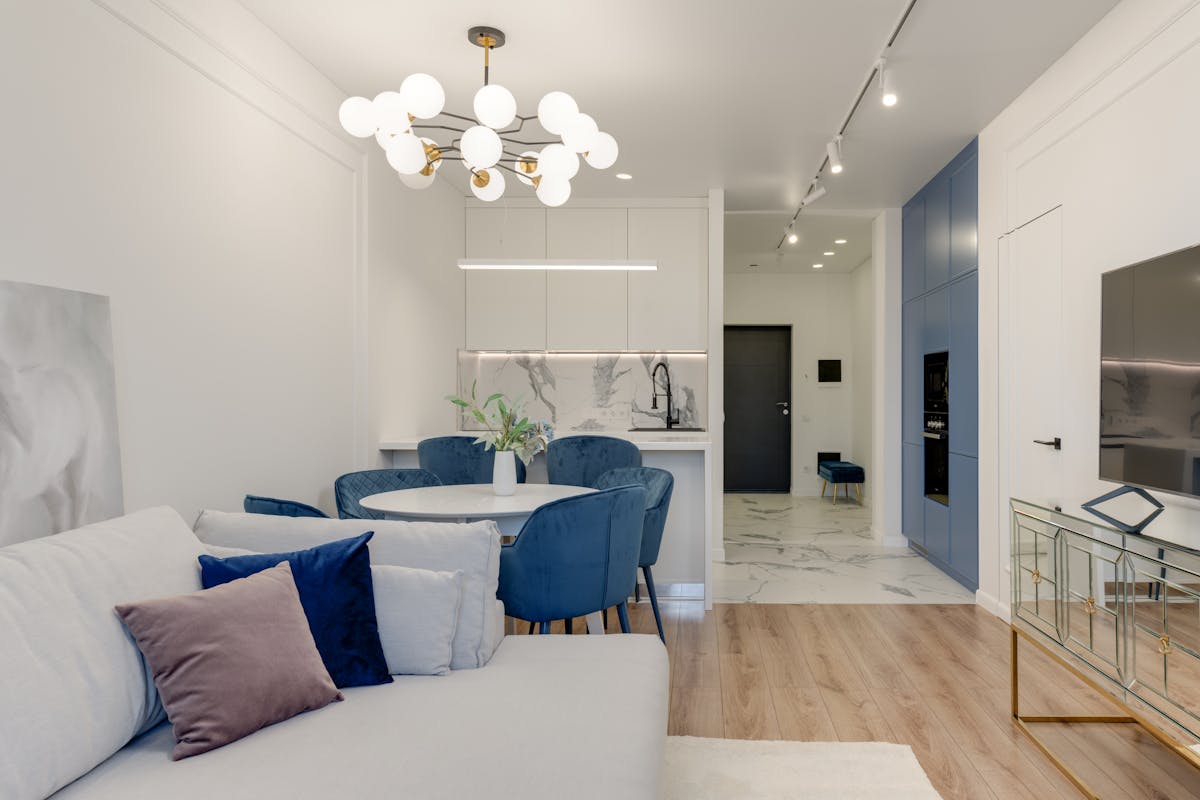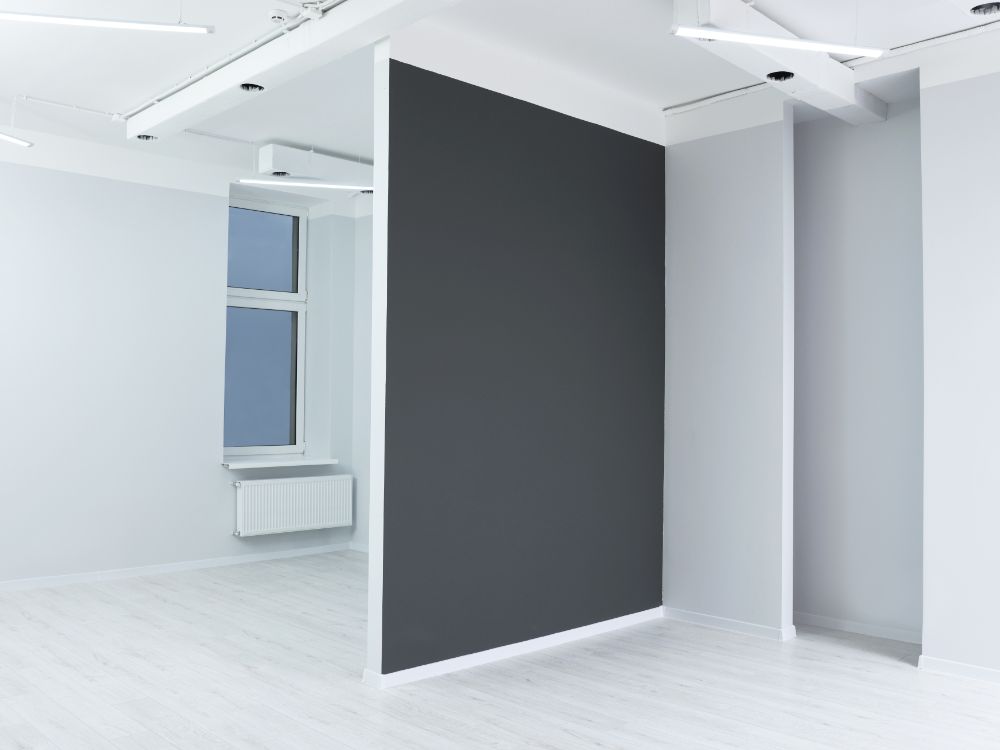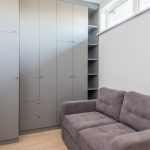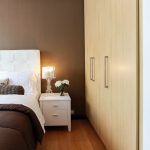
Installing drywall is key for home renovations. It creates nice walls and ceilings and improves how a room works. If done correctly, drywall can be installed quickly and neatly and will last a long time, whether you’re tackling a small project or revamping an entire room.
Importance of proper preparation
Preparation is key to a successful drywall installation. Taking the time to plan and gather all necessary materials will make the process smoother and faster.
Planning your drywall layout
Before you even start measuring your space, it’s essential to have a clear plan. Draw a layout of the area where the drywall will go. This will serve as a guide for where to place the sheets and any cutouts for windows or outlets. By meticulously planning your layout, you reduce the chance of errors and shorten the installation time.
Gathering the right materials
Choosing the right materials is crucial. Make sure to select the type of drywall that suits your specific needs. For instance, moisture-resistant drywall is a wise choice for bathrooms or kitchens. Additionally, ensure you have the right screws, tools, and joint tape on hand to avoid unnecessary trips to the hardware store while you work.
Measuring accurately
Accurate measurements can save you a lot of hassle. Ensure that you measure the height and length of the walls carefully. It’s helpful to calculate how many panels you need, considering both walls and ceilings. This avoids wasting material and keeps the project within budget.
Selecting the right tools
Using the proper tools can significantly impact both the speed and quality of your drywall installation.
Essential tools for drywall installation
Some key tools to have include:
-
Drywall Lift: This tool makes lifting sheets to the ceiling much easier.
-
Auto-feed Driver: Saves time when screwing panels into place.
-
Utility Knife: Essential for cutting sheets smoothly and accurately.
Choosing the right type of screws
Opt for long screws specifically designed for drywall. These screws provide a solid anchor to your framing, ensuring a secure fit. Additionally, using the correct size helps avoid damaging the drywall during installation.
Using adjustable benches
Utilize adjustable benches to comfortably work at the appropriate height. This ergonomic approach can prevent unnecessary strain on your back and arms while allowing you to focus on getting the job done right.

Installation tips for a flawless finish
Implementing good installation techniques can lead to a more professional appearance in the end. Here are some practical tips to keep in mind.
Aligning your panels properly
It’s imperative to have drywall panels aligned with the studs in your framing for a level installation. Make sure to attach the sheets tightly together to minimize gaps, which helps prevent future issues like cracks.
Applying joint compound
After the drywall is installed, apply joint compound to the seams. Use thin layers and sand between each application once dry. This attention to detail allows for a smooth, polished finish, creating an aesthetically pleasing look on your walls.
Quality control checks
Once installation is finished, conduct a thorough inspection. Look for any visible screw marks or imperfections along the seams. Addressing these minor issues can be the difference between an amateur and a professional finish.
Helpful installation strategies
Having effective strategies in place can result in a quicker and more efficient installation process. Here are some that can make a difference.
Cutting techniques
When cutting drywall, aim for the good side to save time and effort. Mark your cuts and make precise trims directly at the workspace. This increases accuracy and avoids the mess of re-cutting later.
Using the drywall as an air barrier
For exterior walls, consider using drywall as an air barrier. Apply adhesive along the seams and around fixtures to prevent air leaks. This enhances energy efficiency and helps maintain comfortable indoor temperatures.
Removing misplaced screws
If you encounter screws that miss their mark, take care to remove them gently. Using a hammer can cause damage, so carefully back them out to ensure the surface remains smooth for finishing.
Final touches: painting and finishing
After the drywall installation is complete, it’s time for the finishing touches, which can dramatically change the room’s aesthetics.
Preparing for paint
Before painting, it’s vital to clean any dust from the drywall surface. Adding a coat of primer will ensure that the paint adheres well and provides even coverage.
Add finishing touches
Take the opportunity to add baseboards, crown molding, or other features that complement your design. These little details can elevate your renovation from ordinary to extraordinary.
Helpful resources
For more detailed guidance on drywall installation, check out these valuable resources:
Drywall installation cost overview
|
Material |
Average cost per sheet |
Additional costs |
|---|---|---|
|
Standard drywall |
$10 – $15 |
Installation labor ($30 – $50/hour) |
|
Moisture-resistant drywall |
$15 – $20 |
Joint compound and tape ($5 – $10/sheet) |
|
Soundproof drywall |
$30 – $40 |
Tools rental ($20/day) |
For your next renovation, choose quality. Contact an expert today for professional drywall installation, ensuring a smooth, efficient process that brings your vision to life.











